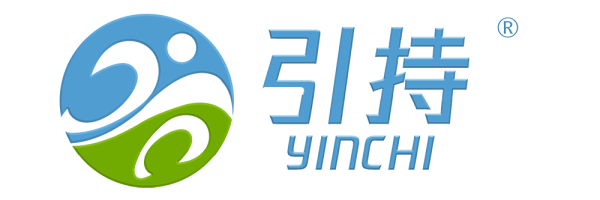Product
Negative pressure pneumatic conveying
Negative pressure pneumatic conveying system is a material transportation method that uses a vacuum pump or fan to generate a pressure below atmospheric pressure in a closed pipeline to suck materials from one place to another.

Principle
The negative pressure system mainly uses the vacuum generated by the vacuum Roots blower (or vacuum pump) in the sealed pipeline to feed the material through the suction nozzle (or star feeding valve and mixing acceleration chamber unit) with an air flow lower than the outside atmospheric pressure. Then it is mixed with air and sucked along the conveying pipeline to the cyclone separator (commonly known as sakron) for gas-solid separation to realize material transportation from low or bulk locations to one or more high points. Its characteristics are that the material does not leak out, does not cause environmental problems, and the feeding device is relatively simple.
Parameter
| Project | Conveying method | Conveying capacity (t/h) | Delivery pressure (kPa) | Conveying pipe diameter (mm) | High (m) | Distance (m) |
| Parameter | Negative pressure pneumatic conveying | 0.1-150 | 29.4-196 | 50-300 | 10-200 | 10-2000 |
Features
- Suitable for centralized transportation from multiple places to one place. There can be one or several feeding points, and the feeding pipe can be equipped with one or more branch pipes. Not only can materials from multiple feeding points be transported to the unloading point in sequence, but materials from multiple feeding points can also be transported to the unloading point at the same time.
- Under the action of negative pressure, the material is easily sucked in, so the feeding at the throat is simple. The hopper can be opened for continuous feeding and conveying.
- Materials are conveyed under negative pressure, and moisture is easy to evaporate. Therefore, materials with higher moisture content are easier to convey than pressure-feeding. Materials supplied under heating can be cooled by conveying.
- Components must be kept sealed, and the structures of domestic separators, dust collectors, air locks and other components are relatively complex.
- The fan is located at the end of the system, requiring a high degree of air purification.
Advantages
Good sealing, reducing pollution:
The entire conveying process is carried out in a closed system, which effectively prevents material leakage and dust flying. It is especially suitable for handling materials that are prone to dust, are toxic or have strict requirements on hygienic conditions.
High security:
Due to the negative pressure operation, even if there are small cracks or damages in the pipeline, outside air will only enter the pipeline without allowing the material to escape, which greatly reduces the risk of material leakage and improves the safety and environmental performance of the system.
Reduce wear and tear:
There is less contact between the material and the pipe wall, reducing wear on the pipe and components, extending the service life of the equipment and reducing maintenance costs.
Multi-point collection, single-point unloading:
Materials can be collected from multiple sources and discharged to a single destination, making it ideal for applications that require materials to be collected from different locations, such as food processing, pharmaceuticals and other industries.Easy maintenance:
The system structure is relatively simple, easy to maintain, low in operating costs, easy to operate and manage, and reduces downtime.
High flexibility:
The air volume and pressure can be adjusted according to actual needs to adapt to different types of materials and different conveying requirements, increasing the versatility and practicality of the system.
Improve the working environment:
Reducing the emission of dust and other pollutants helps maintain a cleaner and healthier working environment, complying with the environmental protection requirements of modern industry.
Reduce noise levels:
Negative pressure systems are generally less noisy than positive pressure systems because the main noise sources (such as fans) are located at the end of the system, away from the operating area.
Usage Scenarios
It is widely used in food, pharmaceutical, chemical and other industries, especially when it is necessary to maintain a clean environment or prevent materials from coming into contact with the outside world.

